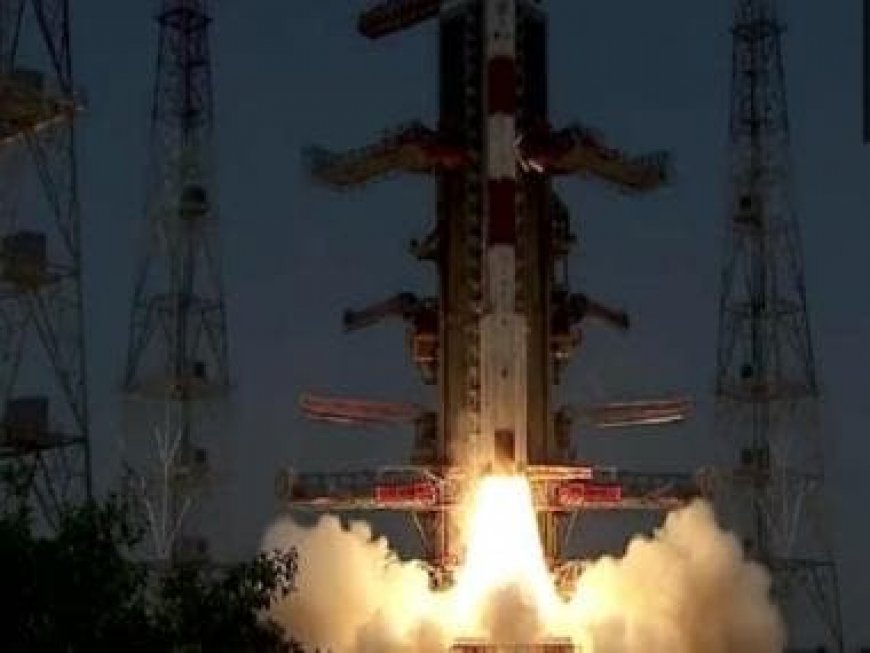India Secures Place In The Sun: ISRO's Aditya L1 gallops towards Earth's life source
India Secures Place In The Sun: ISRO's Aditya L1 gallops towards Earth's life source

The Indian Space Research Organisation (ISRO) has successfully launched its maiden solar mission, Aditya L-1, from Satish Space Station at Sriharikota.
#WATCH | Indian Space Research Organisation (ISRO) launches India’s first solar mission, #AdityaL1 from Satish Dhawan Space Centre in Sriharikota, Andhra Pradesh.
Aditya L1 is carrying seven different payloads to have a detailed study of the Sun. pic.twitter.com/Eo5bzQi5SO
— ANI (@ANI) September 2, 2023
The payload covering the ISRO’s Aditya L1 spacecraft has been separated as it leaves Earth’s atmosphere.
#WATCH | The payload covering the ISRO’s Aditya L1 spacecraft has been separated as it leaves Earth’s atmosphere. Currently, the third stage is separated as per ISRO. pic.twitter.com/KbOY2fHSen
— ANI (@ANI) September 2, 2023
The Aditya-L1 mission is expected to reach the observation point in four months.
After lifting off, the spacecraft will be placed in a low-earth orbit (LEO) around the Earth. Subsequently, its orbit will be made more elliptical and, later, the spacecraft will be propelled towards the L1 point exiting the earth’s gravitational pull. It will take about four months for Aditya-L1 to reach its precise orbit.
The Visible Emission Line Coronagraph (VELC), the primary payload of Aditya L1, will send 1,440 images per day to the ground station for analysis upon reaching the intended orbit.
The Aditya-L1 spacecraft has been purposefully crafted to allow Indian astrophysicists to remotely examine the Sun and everything that it entails. This includes some really critical areas such as coronal heating, coronal mass ejections, pre-flare and flare activities, along with their distinct characteristics.
Additionally, these investigations will enhance our understanding of space weather dynamics and the behaviour of particles and fields as they propagate through space.
Objectives of Aditya L-1
The Aditya-L1 observatory is equipped with seven distinct instruments designed to meticulously examine various layers of the Sun, including the photosphere, chromosphere, and the outermost layer known as the corona. These instruments use electromagnetic particle and magnetic field sensors to conduct their observations.
Among these instruments, four have an unobstructed view of the Sun, while the remaining three focus on conducting on-site or in-situ investigations of particles and fields within Lagrange Point L1. Consequently, this mission assumes a pivotal role in advancing our comprehension of diverse solar phenomena and their impacts on the interplanetary environment and Earth.
The Indian Space Research Organisation (ISRO) further explained that the instrumentation carried by the Aditya L1 payloads holds the potential to provide crucial insights into critical areas such as coronal heating, coronal mass ejections, pre-flare and flare activities, along with their distinct characteristics. Additionally, these investigations will enhance our understanding of space weather dynamics and the behaviour of particles and fields as they propagate through space.
What's Your Reaction?



























































